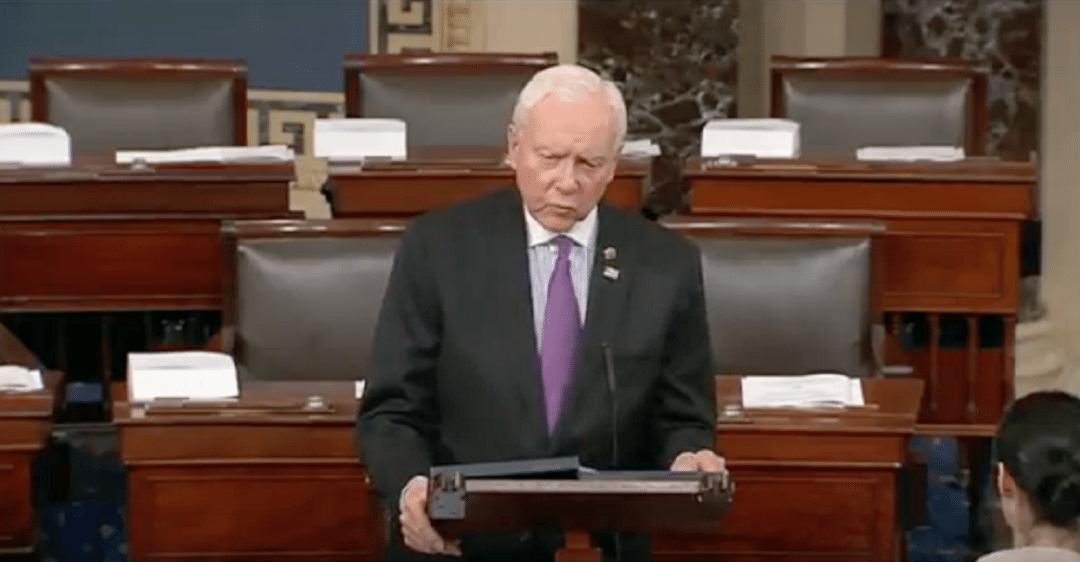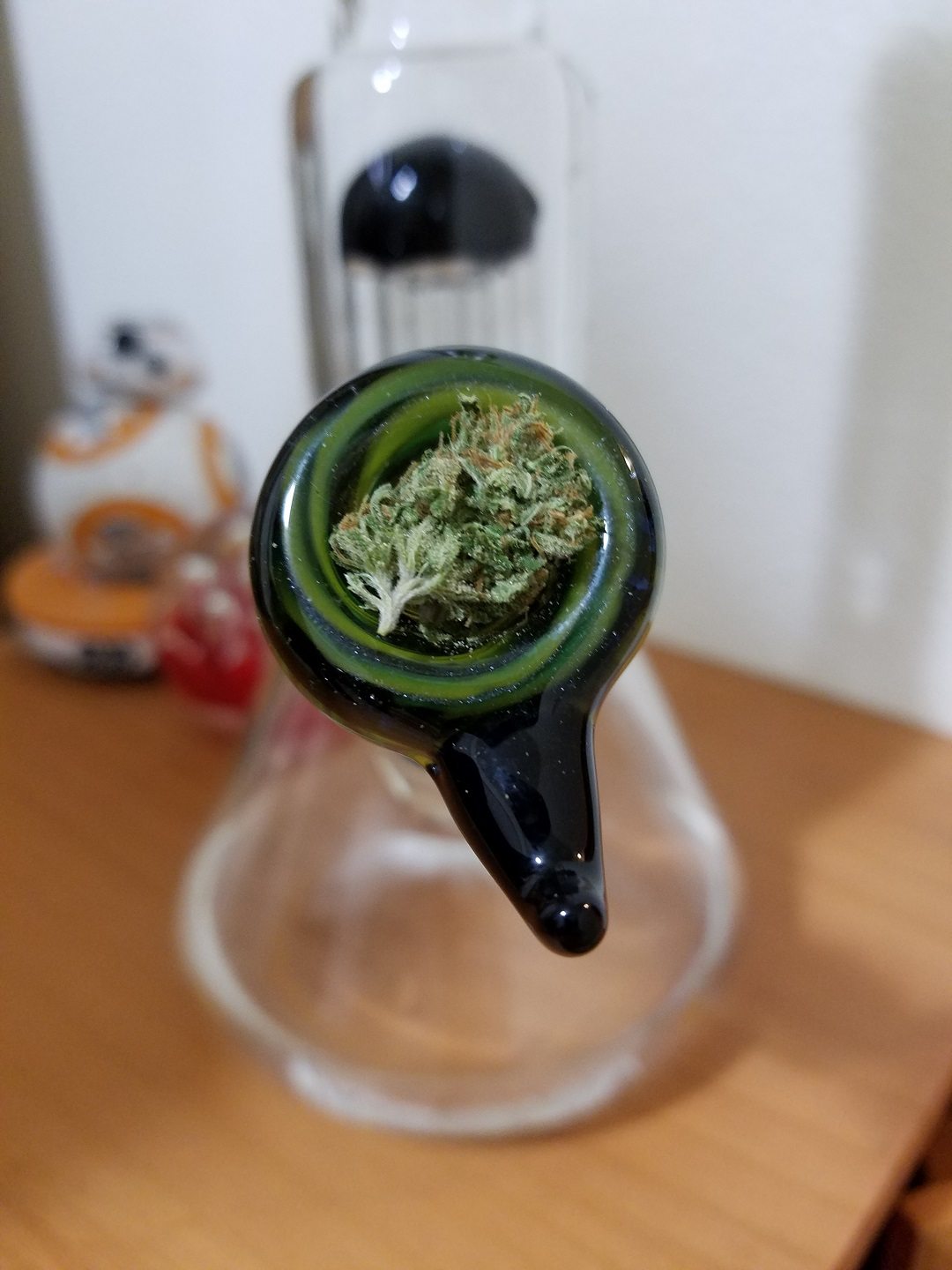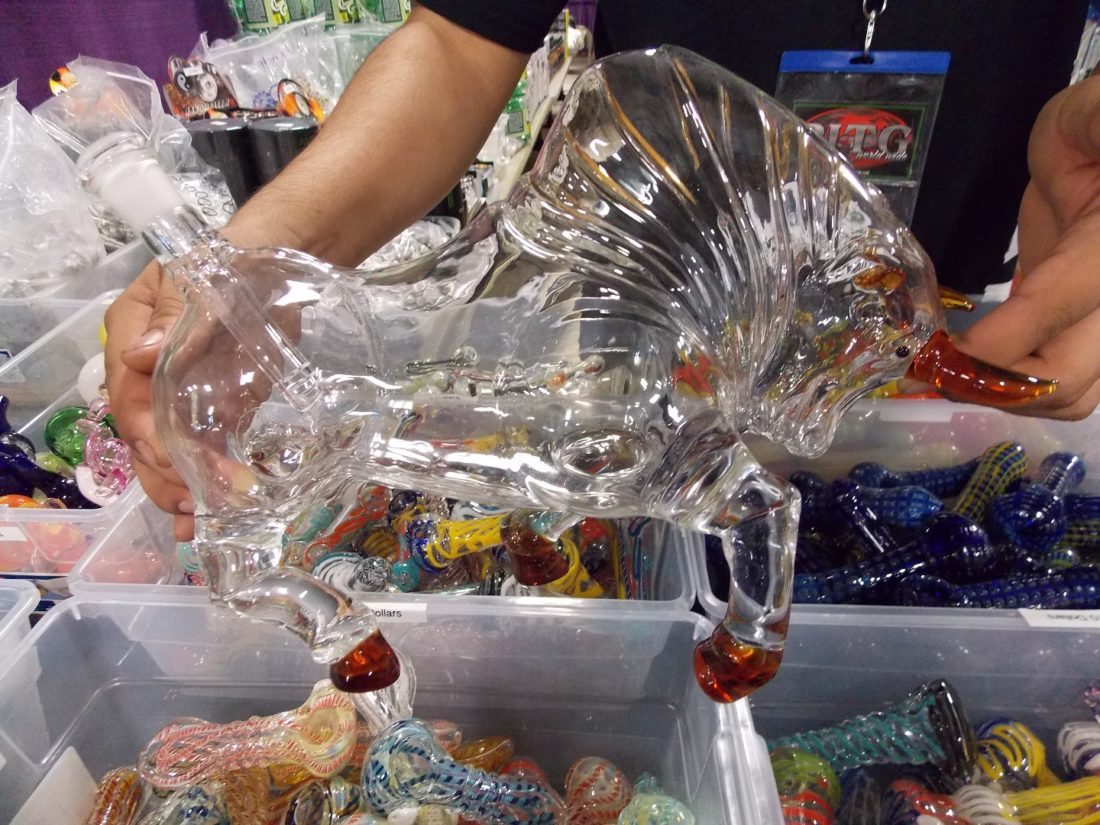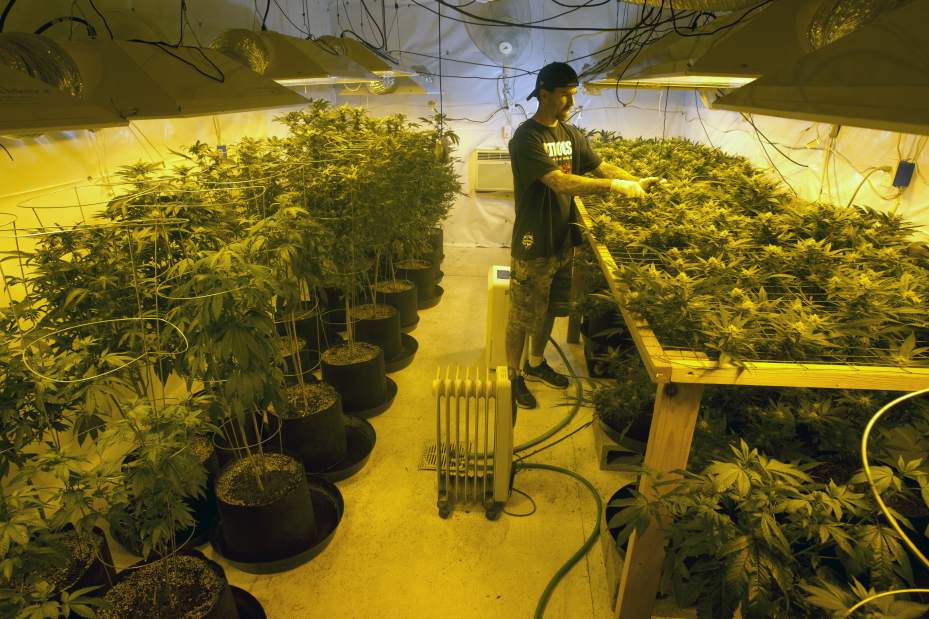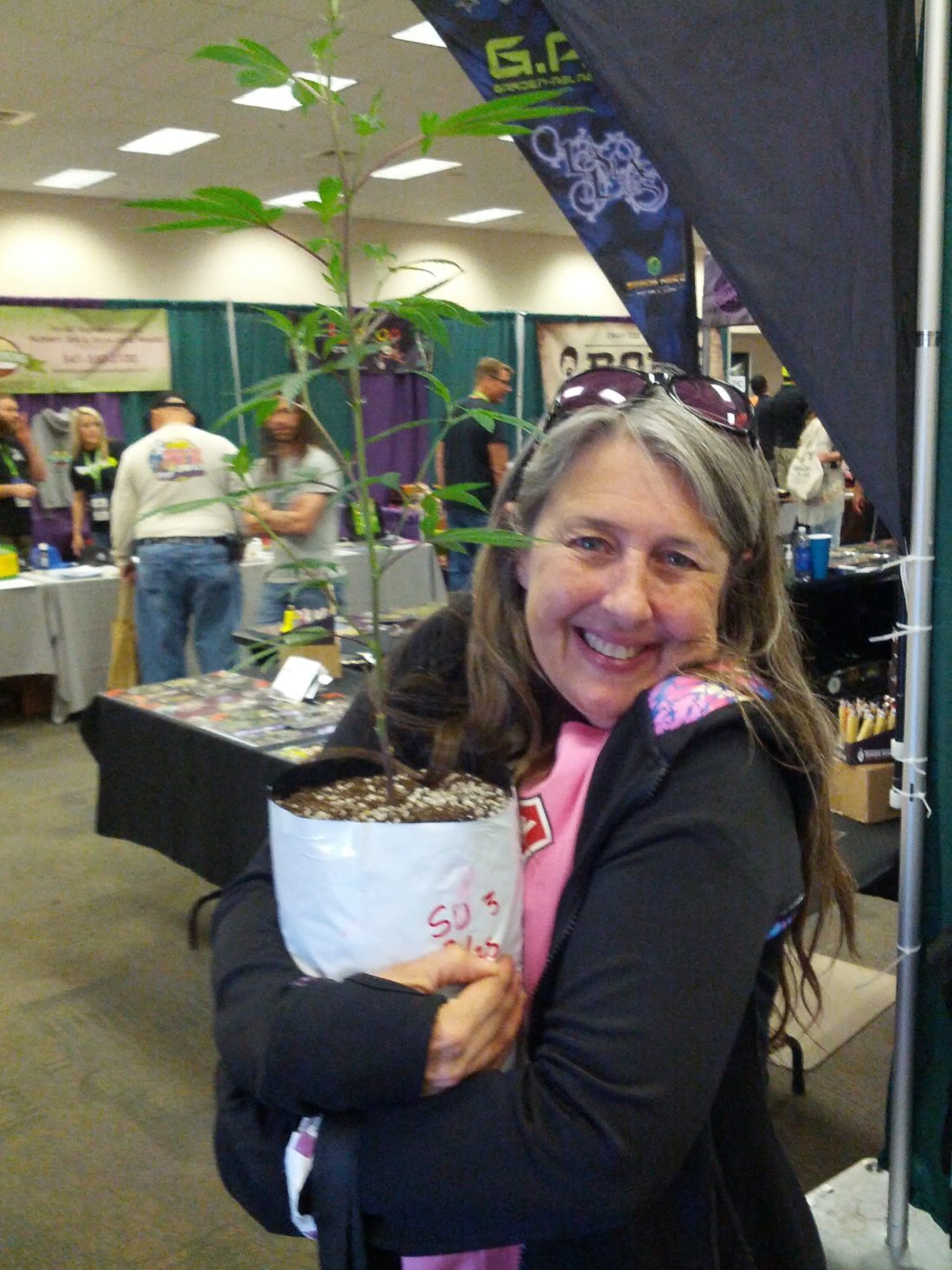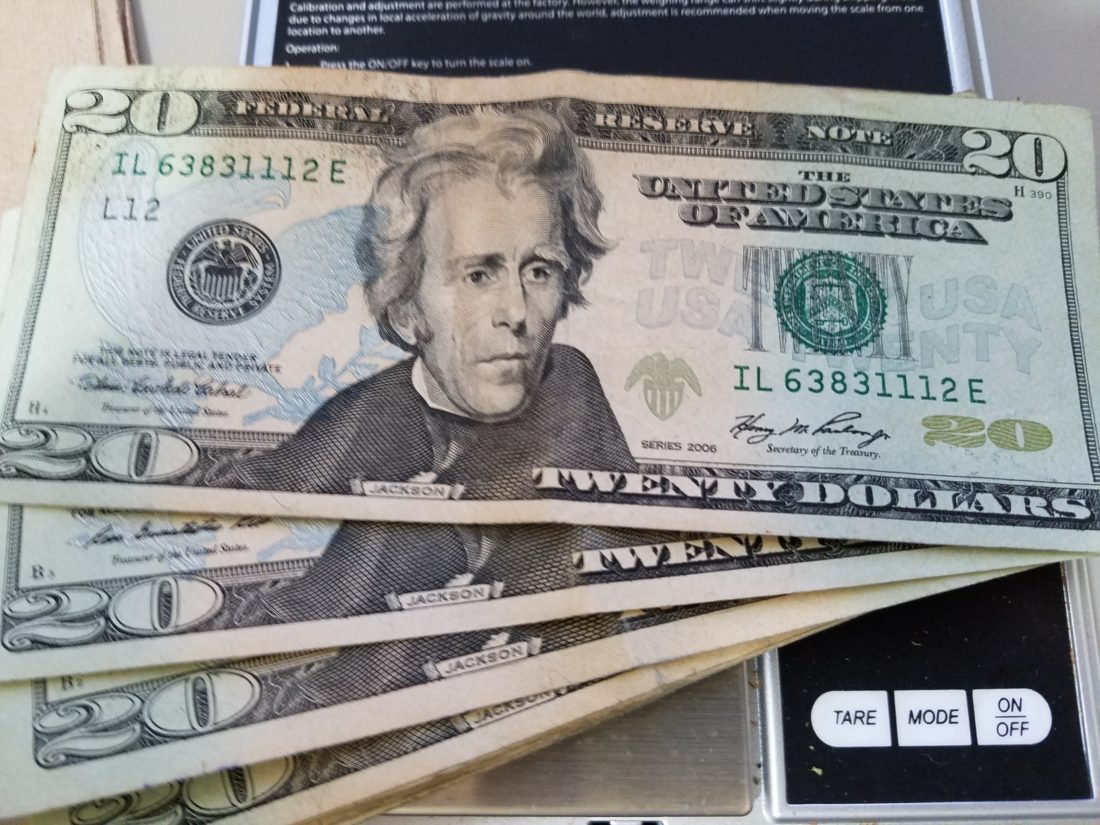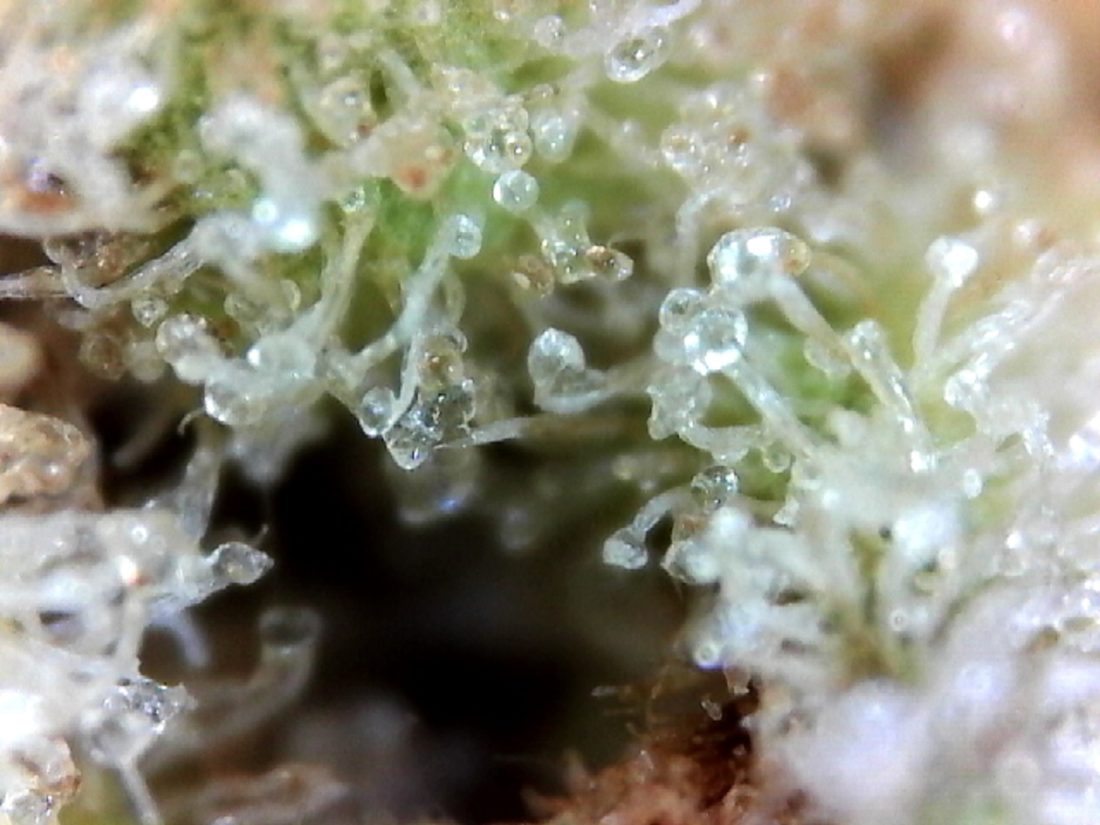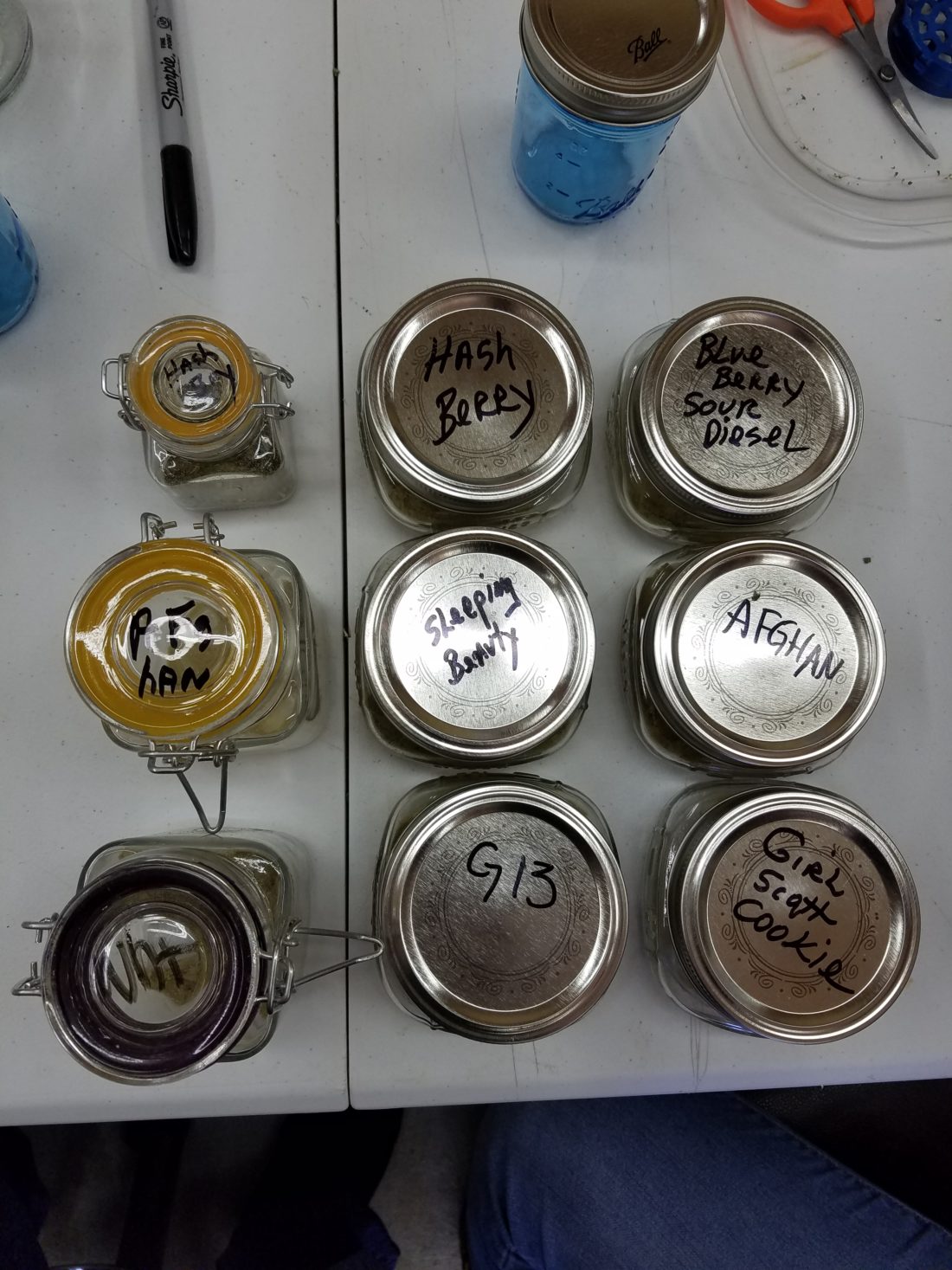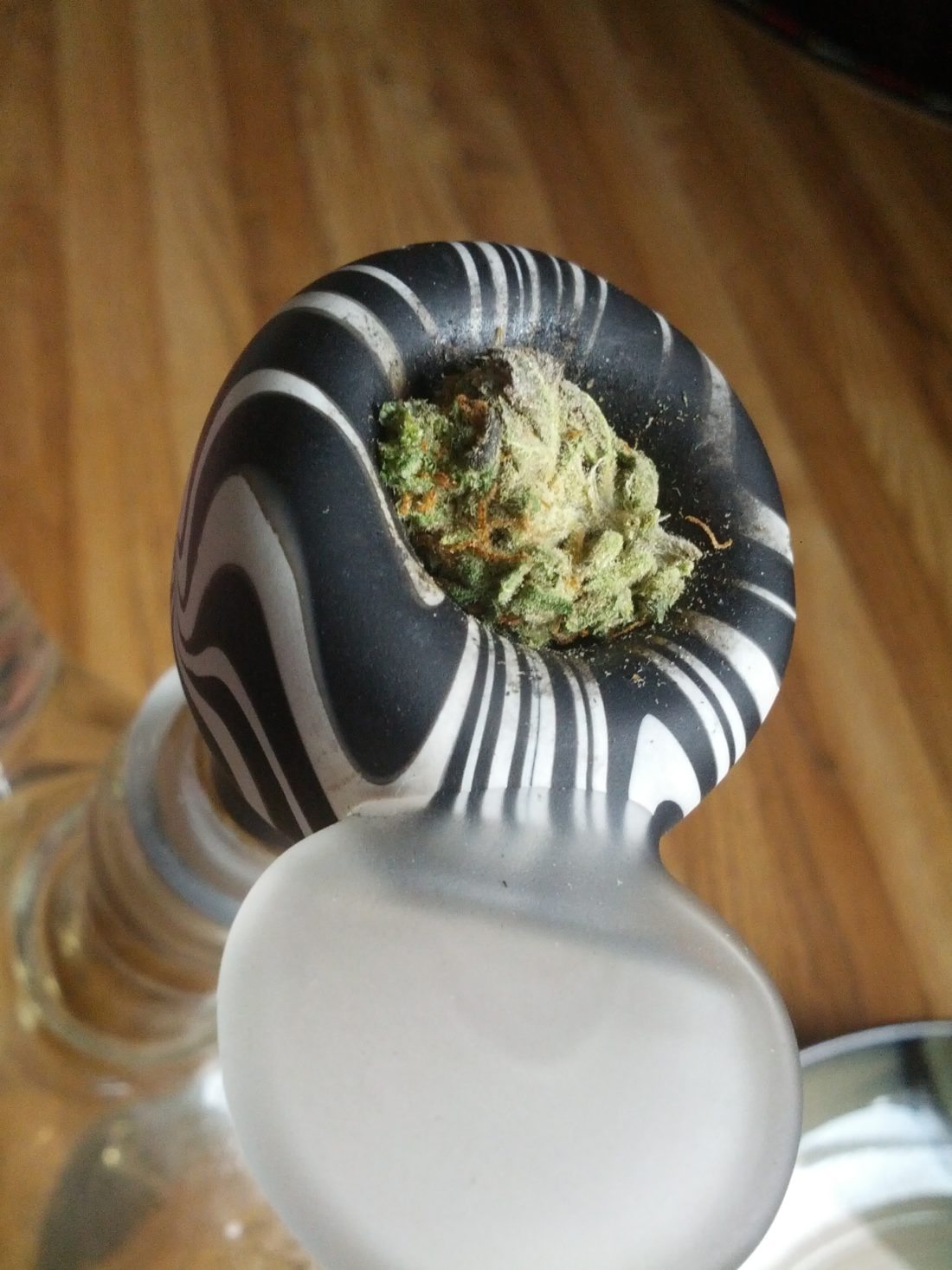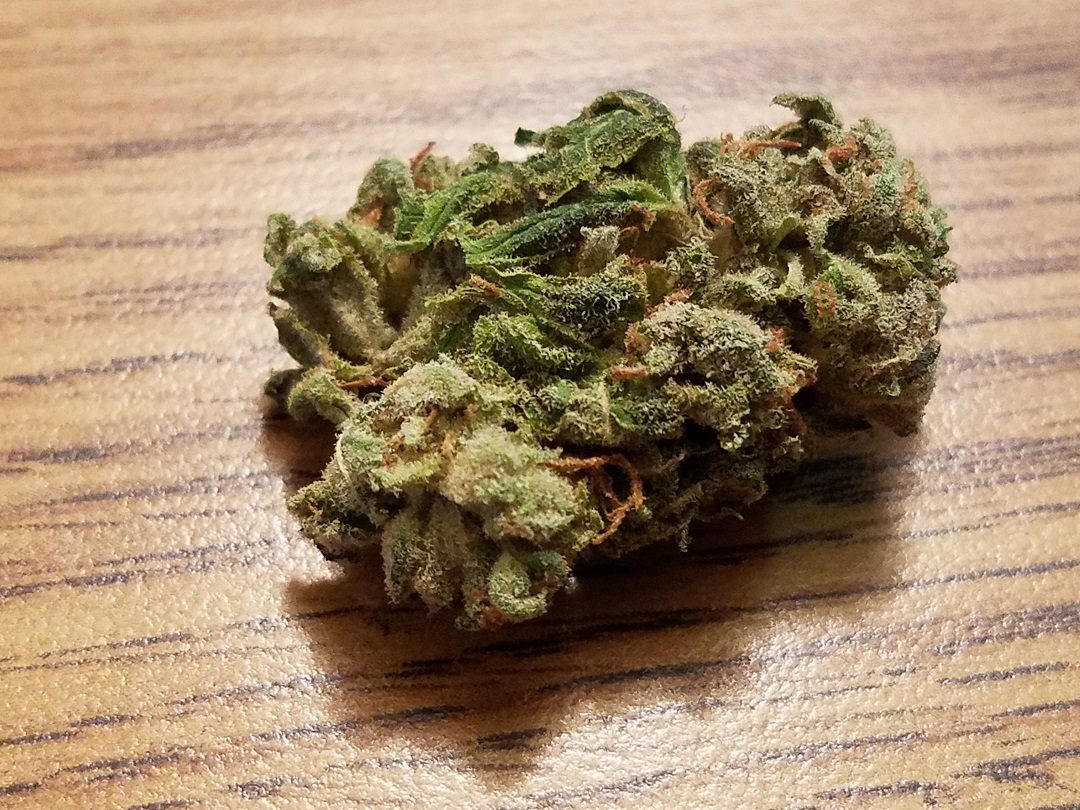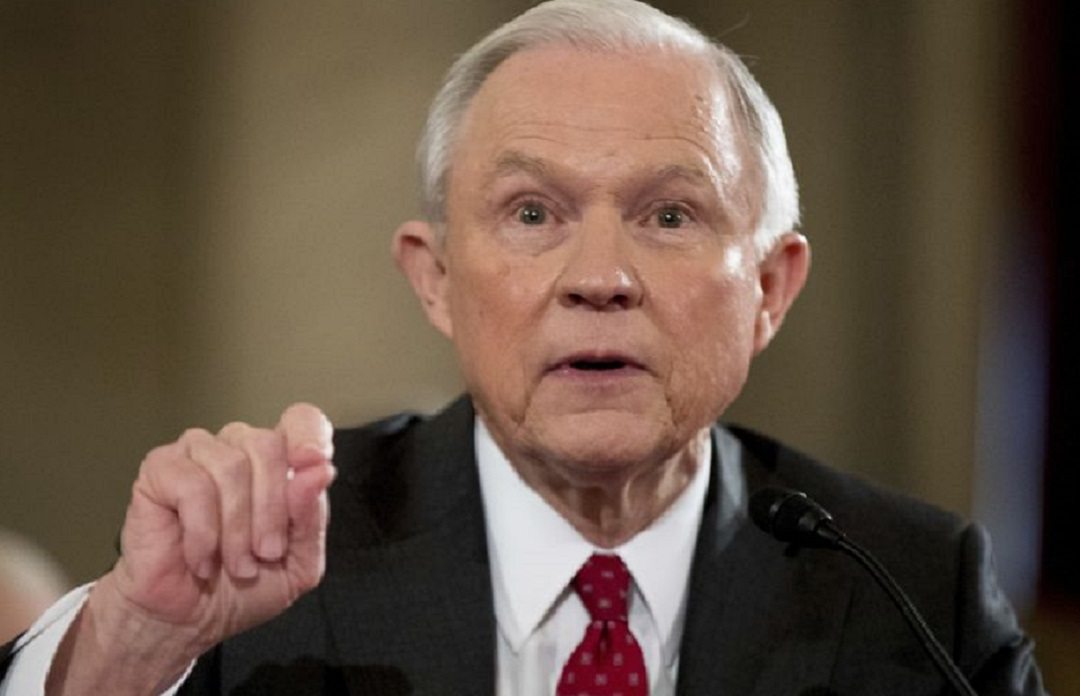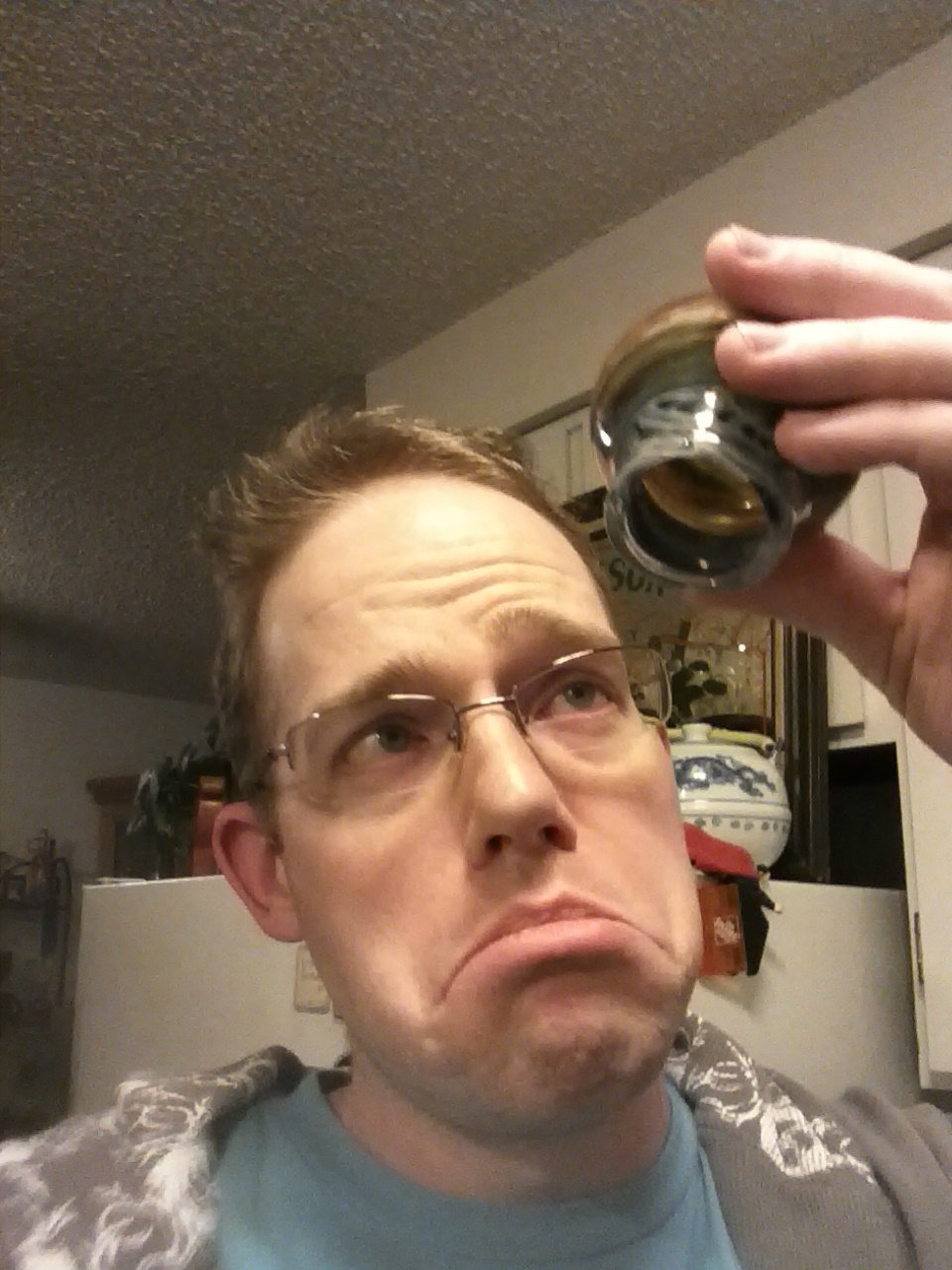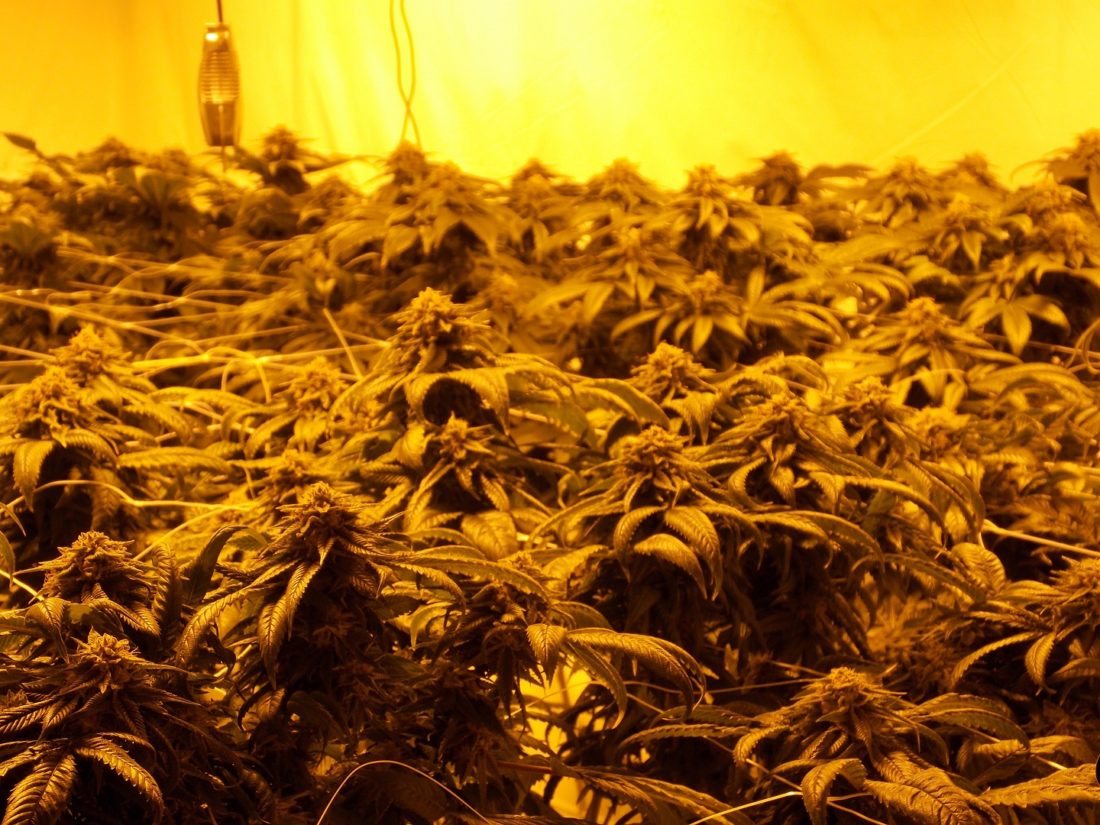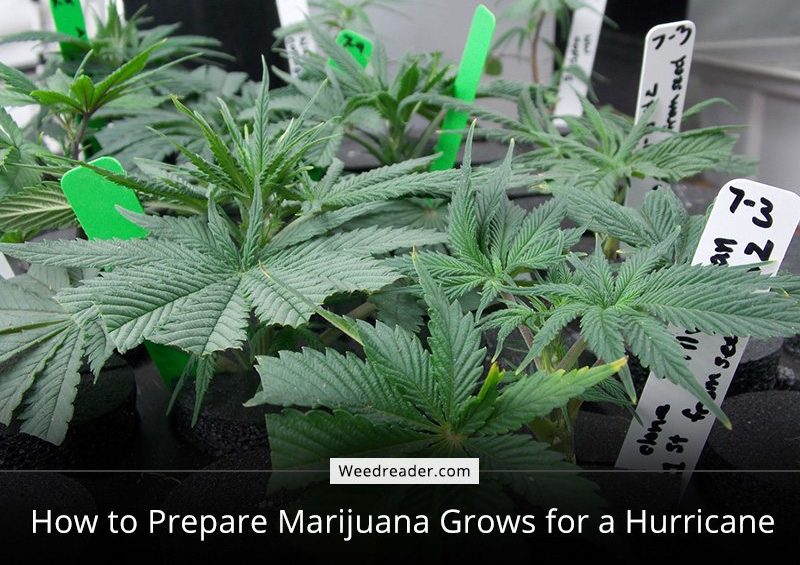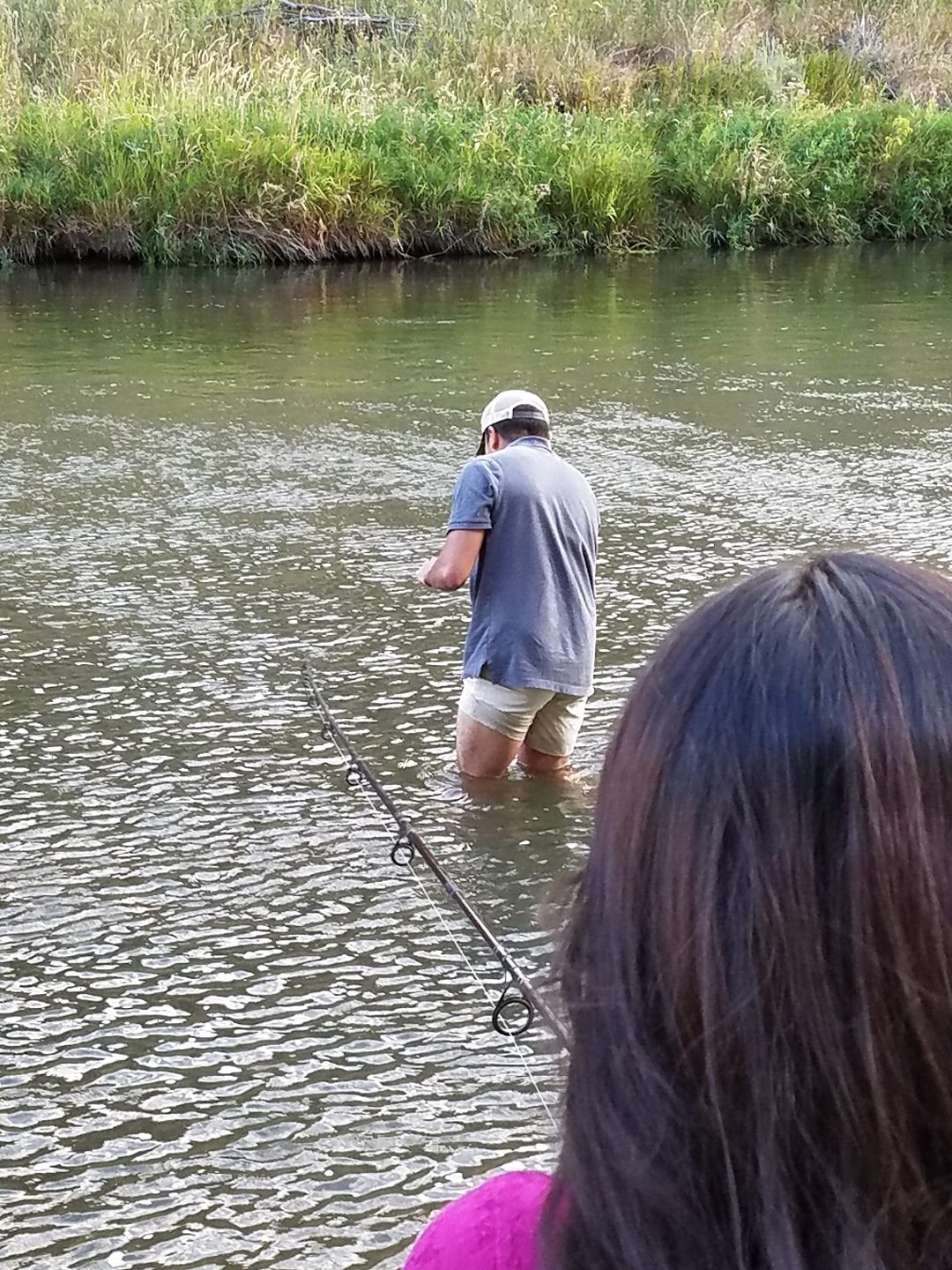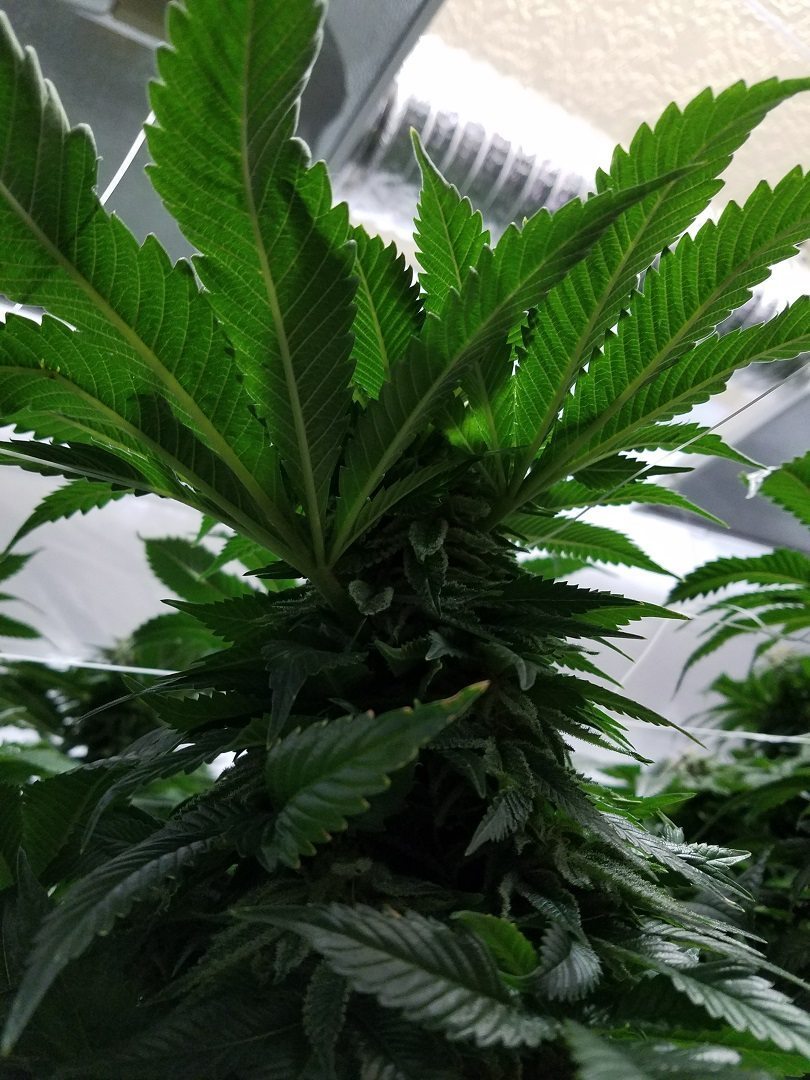Bad things happen to good people.
46 year old Cameron Smith was working at the Lucid Marijuana store on Friday when Donovan Culps happened. At about 12:45 p.m. Smith was taking a lunch break when his world came crashing down. Initially thought to be a kidnapping victim, Smiths body was found just off State Route 904 west of Cheney, near Four Lakes, on Sept. 15 around 3 p.m.
The whole incident started when a white truck pulled into the Lucid parking lot carrying three people. Two people, a man and a woman, exited the vehicle and entered the Washington dispensary. The man later identified as Donovan Culps had no ID but the woman did. Unfortunately for Violetta Culps, she was only 18 and considered underage to purchase cannabis. So both were refused service.
Surveillance footage revealed the details of what happened next. Both suspects left the store and reentered their truck. The tapes then showed 36-year-old Donovan grabbing a gun from his truck, walking over to Cameron Smith’s vehicle, pointing it at Smith and firing twice. Culps then entered the SUV and drove off. At this point, his niece Violetta Culps drove the truck they had arrived in after her uncle.
It took a while to put the pieces together.
Employees reported hearing the shots, but nobody knew what they were at the time. According to Lucid’s general manager Stacia Shirley, “Nobody really saw it transpire,”. When employees realized Smith was missing, they reviewed the footage and called the police.
Initially, Smiths condition was unknown. There was no way to determine if Smith had survived the assault from the tapes. So police declared him abducted and began searching for the perpetrators.
It was at this time that they discovered that the truck the Culps had arrived in was stolen as well. So police began tracking his cell phone. The authorities traced the signal to Airway Heights where Police found Smiths abandoned car.
It took a couple days for Smiths friends and family to find closure.
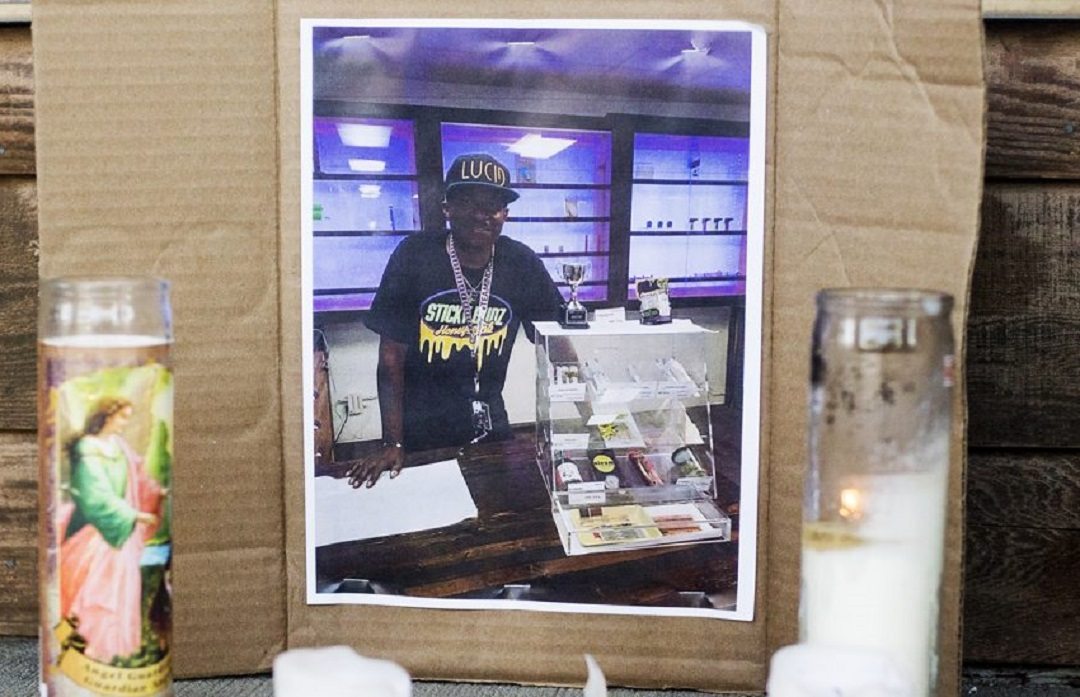
Smith’s body was discovered shortly after by Spokane County Rescue just off State Route 904 west of Cheney. Authorities say the body was concealed in heavy cover just south of his vehicle. They informed his family and co-workers of their findings and gave them some time before making a public statement.
But Donovan Culps couldn’t handle what he had done. In a despondent Facebook post, Donovan essentially confessed to killing and claimed the other suspects were not involved. He also claimed to be ready for police who he claimed had a “shoot to kill warrant”.
Unlike the unarmed Trevon Martin, Terence Crutcher, Philando Castile, Michael Brown and many others, Culps was apprehended alive. Police caught up with Culps 240 miles south of Cheney, near the Washington-Oregon border after a short chase.
Some of the suspects are in custody.
After a short chase that ended with Culps crashing into a tree, he was booked into the Klickitat County Jail. Initially the charges were first-degree kidnapping and first-degree robbery. But after the body was discovered, the charges upgraded to include first-degree murder.
Law enforcement also discovered that the third person in the car was 18 year-old Alisha Jackson. Police took her into custody on separate charges before discovering her presence in the abduction/murder. Alisha now faces federal charges for failing to report a felony in addition to her initial charges.
Unfortunately for the friends, family and co-workers of Cameron Smith, the third suspect remains at large. Violetta Culps managed to elude authorities so far but police claim to be closing in. The FBI offered to assist in the case but is not part of the overall investigation.
People are taking note and trying to help.
Mikhail Carpenter, a spokesman with the Washington Liquor and Cannabis Board, said the agency was monitoring the incident. But he was quick to state that any investigation is the job of local law enforcement.
When questioned about similar incidents in the past, Carpenter said that there are reports of armed robberies at cannabis retailers throughout the state. But he didn’t know of any reported abductions at state-licensed stores. Although that news came as little comfort for the Lucid team or Smiths family.
Lucid recently set up a GoFundMe campaign to support Smith’s family. The main goal is to help cover funeral costs. But Lucid also wants the community to consider Cameron for the DOPE Industry Awards’ Budtender of the Year. According to Shirley, “It’s what he lived for and what he strived for, and now we’re trying to get him nominated.”



